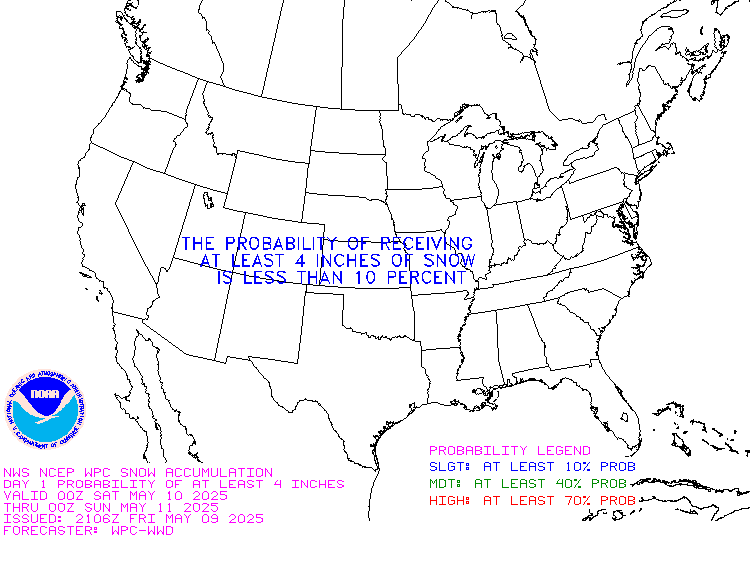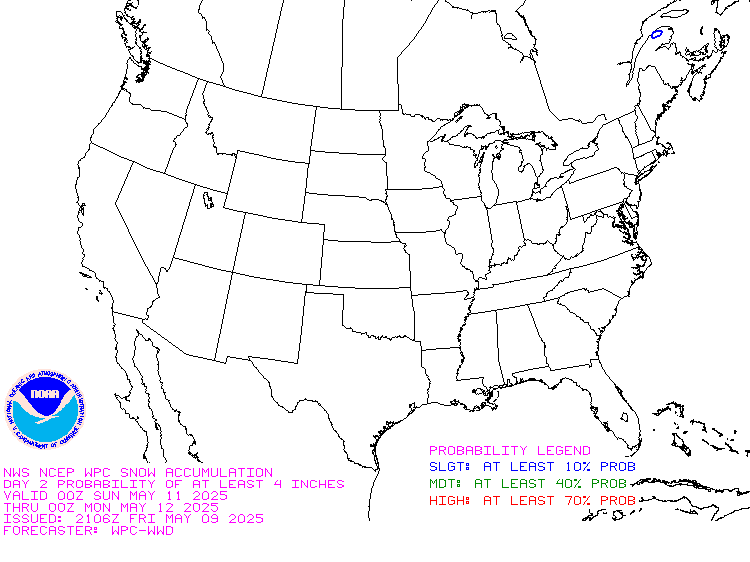This article focuses on what we are paying attention to in the next 48 to 72 hours. The article also includes weather maps for longer-term U.S. outlooks and a six-day World weather outlook which can be very useful for travelers.
First the highlights from the NWS.
…Heavy rainfall and concerns for flash flooding for portions of the
Lower Mississippi Valley, Tennessee Valley and Gulf states through Friday
morning……A swath of freezing rain and some accumulating snowfall will impact
portions of the Midwest, Lower Great Lakes, and the Northeast……Much milder air with temperatures surging well above normal can be
expected through the middle of the week for much of the eastern half of
the country..
Looking out a bit farther
Looking at the world and of course, the U.S. shows here also.
Please click on “Read More” below to access the full report issued today.
| Notices: The article on the Updated Outlook for January 2024 can be accessed HERE. What would you like to learn about? Please provide that to me via the comment section at the end of the article. |
Now more detail on the 48-Hour Forecast (It is a 48 to 72 Hour Forecast actually)
Daily weather maps. The Day 1 map updates twice a day and the Day 2 and 3 maps update only once a day. These maps update automatically. But if that does not happen, you can get updates by clicking HERE
TODAY (or late in the day the evening/overnight map will appear) (Key to surface fronts shown on maps and you will then also be able to insert a city name or zip code and get a local NWS forecast).
TOMORROW
NEXT DAY
This animation shows how things may play out over the next 60 hours. To update click here.
The NWS Climate Prediction Center’s: Watches, Warnings, and Advisories plus other information can be found HERE. We post at least one of those updates daily, sometimes both. The Highlights are shown in the lede paragraph of this article.
ATMOSPHERIC RIVERS
This tells us what is approaching the West Coast. Click HERE to update If I have not gotten around to doing the update. Here is some useful information about Atmospheric Rivers.
Continuation of the NWS Short Range Forecast. It is updated by NWS twice a day and these updates can be found here
Repeated rounds of convection is expected across the south-central U.S. as
a low pressure system tracks east through the Lower Mississippi Valley
through the end of the week. Deep moisture transporting northward from the
Gulf of Mexico along with upper level support for continued lift and
instability will be conducive for moderate to heavy downpours from the
Southern Plains, Gulf states, Mississippi/Tennessee Valleys and the
Southeast. The eastward progression of this frontal boundary will be slow
so the threat for excessive rainfall and associated flooding will remain
elevated. A Moderate Risk of excessive rainfall is in effect for areas
including eastern Texas, Louisiana and southern Mississippi through
Thursday morning. The swath of precipitation will shift eastward with the
potential for training within a rich moisture environment. A Slight Risk
for excessive rainfall is in effect for portions of the Gulf states and
the Southeast Thursday and Friday.Elsewhere, a deep low pressure system will spread Pacific moisture across
much of the Northwest leading to coastal rainfall and mountain snow for
much of the Pacific Northwest and northern California.To the north of this system warm air advection into the Midwest and Great
Lakes will promote freezing rain and snow showers for those areas today
before spreading into the Northeast on this afternoon/evening with light
accumulations expected. The aforementioned warm air advection caused by
the emerging storm system in the Gulf Coast/Southeast and the deepening
upper low over the Southwest powering it will promote a significant
warming trend across the Midwest and East Coast through the end of the
work week. There will be a lot of snow melt across the Midwest,
Mid-Atlantic and Northeast this week with highs well into the 40s and 50s
and lows 40-50 degrees above average in many places. These anomalous low
temperatures will likely break many records, particularly east of the
Mississippi Wednesday and Thursday night.
Learn about wave patterns HERE.
Below is the current five-day cumulative forecast of precipitation (Updates can be found HERE)
Ski SnowReports
New Feature – Ski Reports. It is difficult to find reports that auto-update on-screen (and they are very long) but these links will get you to them – If you have additional suggestions make them in the comments section after every Econcurrents Article and we may add those links. We will try to not have too much overlap as that can add to the confusion.
Snow Forecasts. And remember this shows natural snow. Ski resorts also make their own snow.
Day 1

Day 2

Additional snow information can be found here, here, here, and here. The second link provides animations.
Now we look at Intermediate-Term “Outlook” maps for three time periods. Days 6 – 10, Days 8 – 14, and Weeks 3 and 4. An outlook differs from a forecast based on how NOAA uses these terms in that an “outlook” presents information as deviation from normal and the likelihood of these deviations.
Below are the links to obtain updates and additional information. They are particularly useful if you happen to be reading this article significantly later than when it was published. I always try to provide readers with the source of the information in my articles.
| Days 6 – 10 (shown in Row 1) | Days 8 – 14 (Shown in Row 2) | Weeks 3 and 4 (Shown in Row 3 but updates only on Fridays) |
| https://www.cpc.ncep.noaa. gov/products/predictions/610day/ | https://www.cpc.ncep .noaa.gov/products/predictions/814day/ | https://www.cpc.ncep.noaa.gov/products/predictions/WK34/ |
Showing the actual maps. They should now update automatically. The Week 3 – 4 Outlook only updates on Fridays. So below is what I call the Intermediate-term outlook. On Fridays, it extends out 28 Days. That declines day by day so on Thursday it only looks out 22 days until the next day when the Week 3 – 4 Outlook is updated and this extends the outlook by one additional week.
| 6–
10
|
|
|
| 8–
14 |
|
|
| 3–
4 |
|
|
HAZARDS OUTLOOKS
Click here for the latest complete Day 3 -7 Hazards forecast which updates only on weekdays. Once a week probably Monday or Tuesday I will update the images. I provided the link for readers to get daily updates on weekdays. Use your own judgment to decide if you need to update these images. I update almost all the images Friday Night for the weekend edition of this Weather Report. So normally readers do not need to update these images but if the weather is changing quickly you may want to.
Temperature month to date can be found at https://hprcc.unl.edu/products/maps/acis/MonthTDeptUS.png
Precipitation month to date can be found at https://hprcc.unl.edu/products/maps/acis /MonthPNormUS.png
World Forecast [that website is has been intermittant so be patient]
Below are the Day 1 -3 and 4-6 forecasts for temperature and precipitation. Updates and much additional information can be obtained HERE
World Temperature Anomalies
World Accumulated Precipitation
This information is provided by the University of Maine. They draw upon many different sources. There is a lot of information available at the link provided. I have just provided two useful forecasts. There are probably over a hundred different forecasts available from this source.
Worldwide Tropical Forecast (This is a NOAA Product)
This graphic updates on Tuesdays) If it has not been updated, you can get the update by clicking here Readers will only have to do that if they are reading this article much later than the date of it being published.
Information on Tropical Storms can be found HERE. Western Pacific information can be found HERE.
–
| I hope you found this article interesting and useful. |

